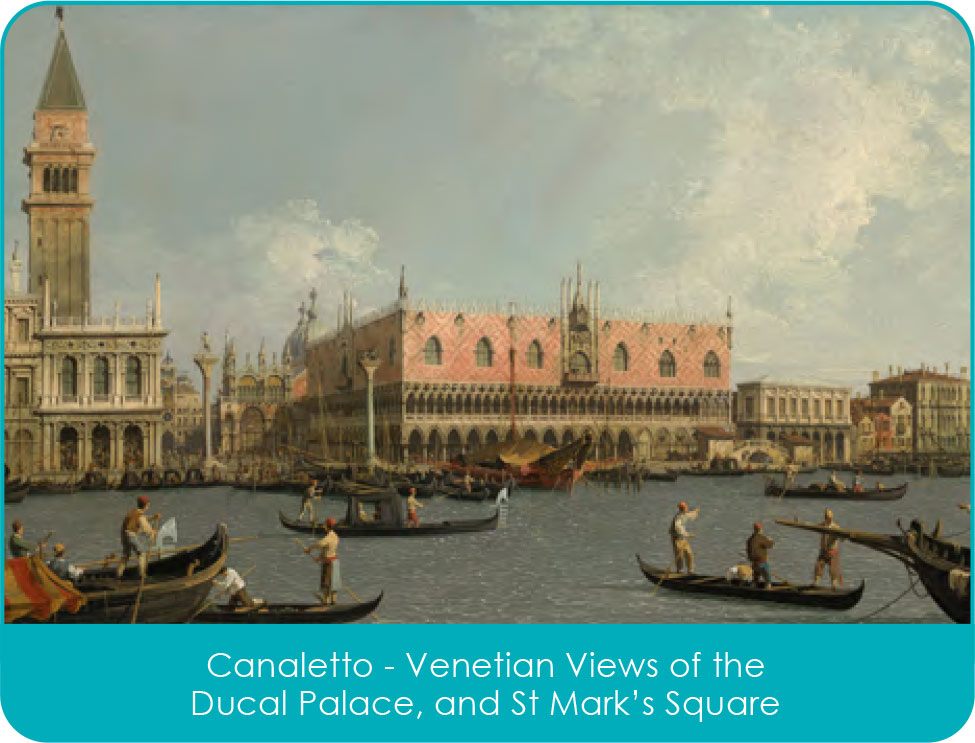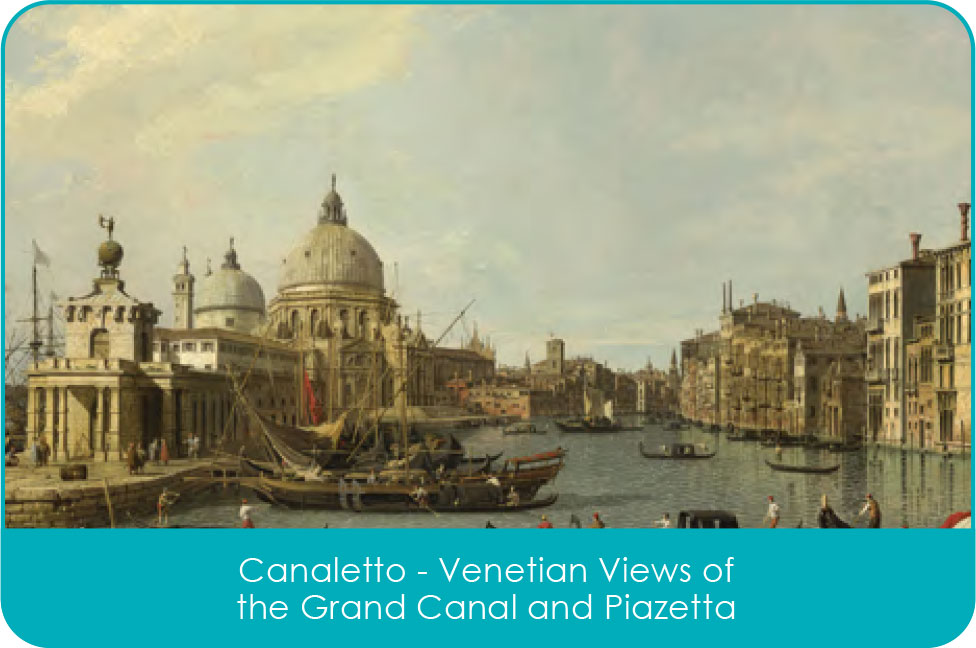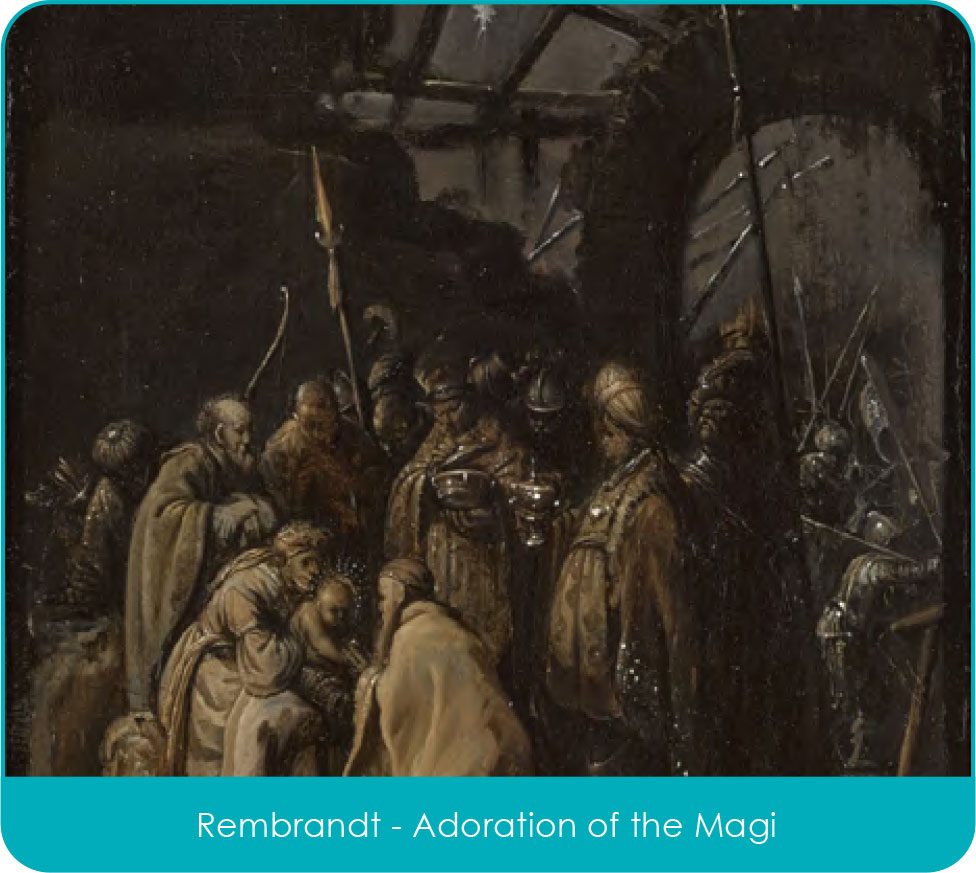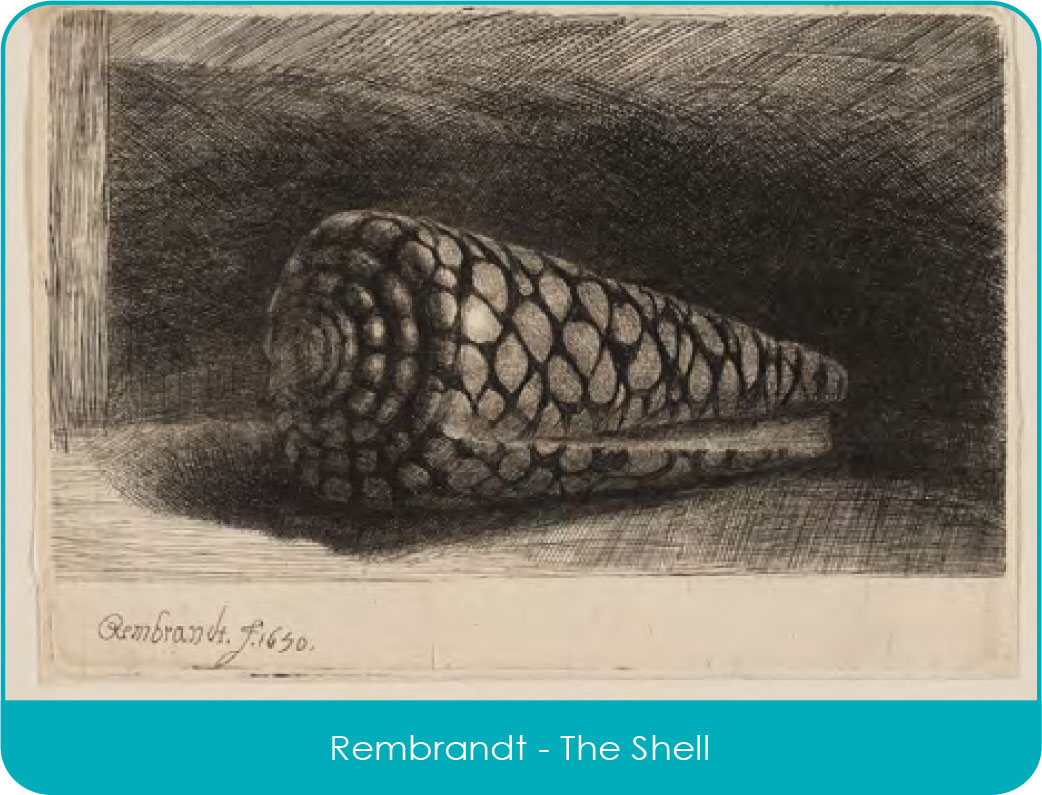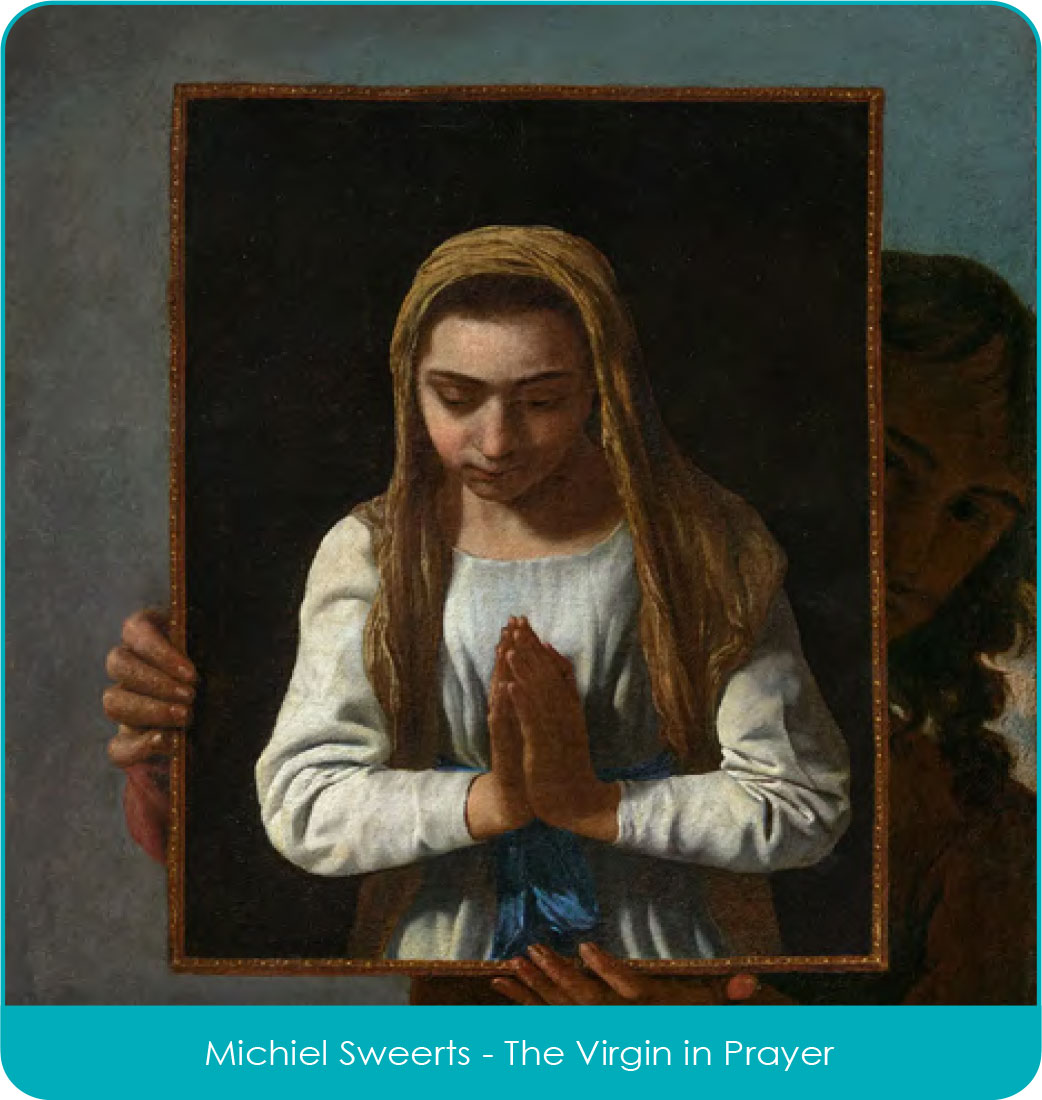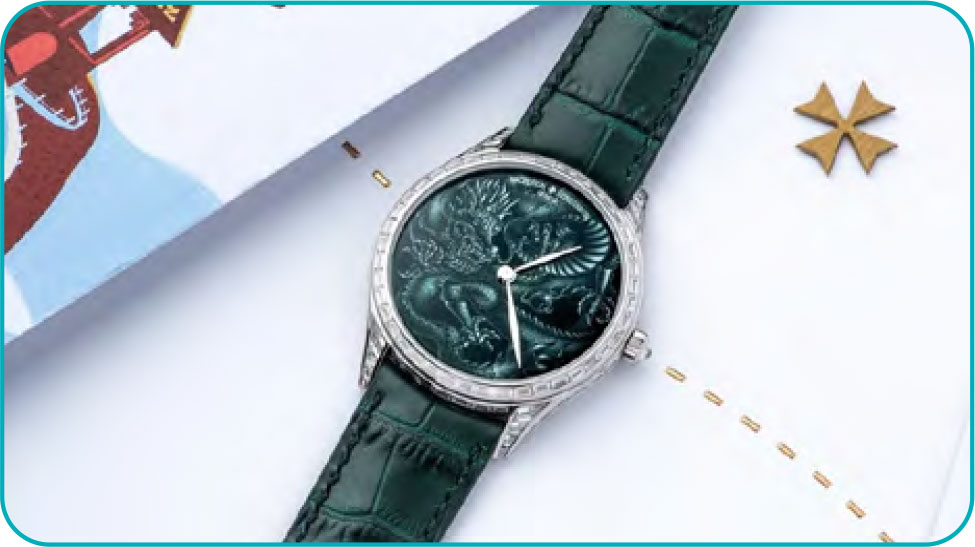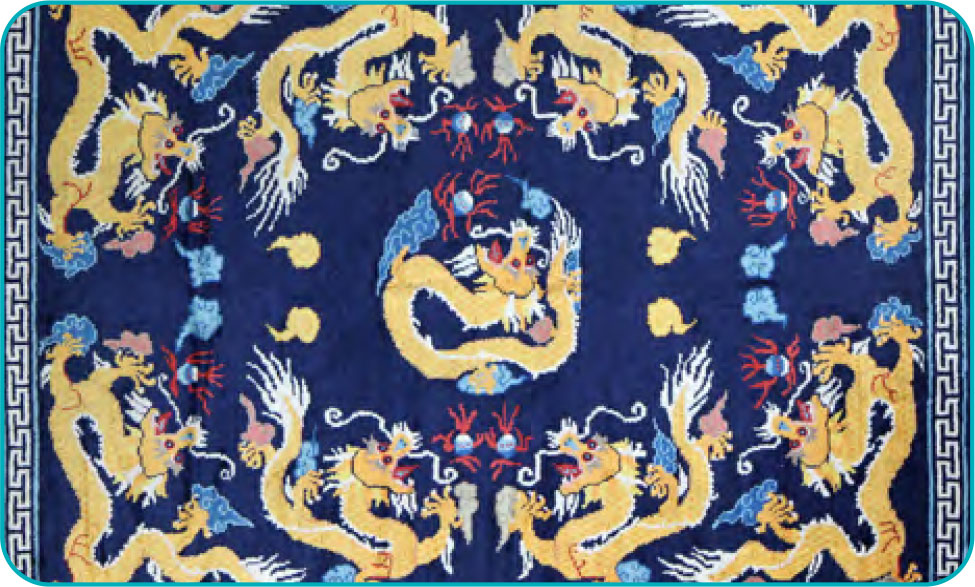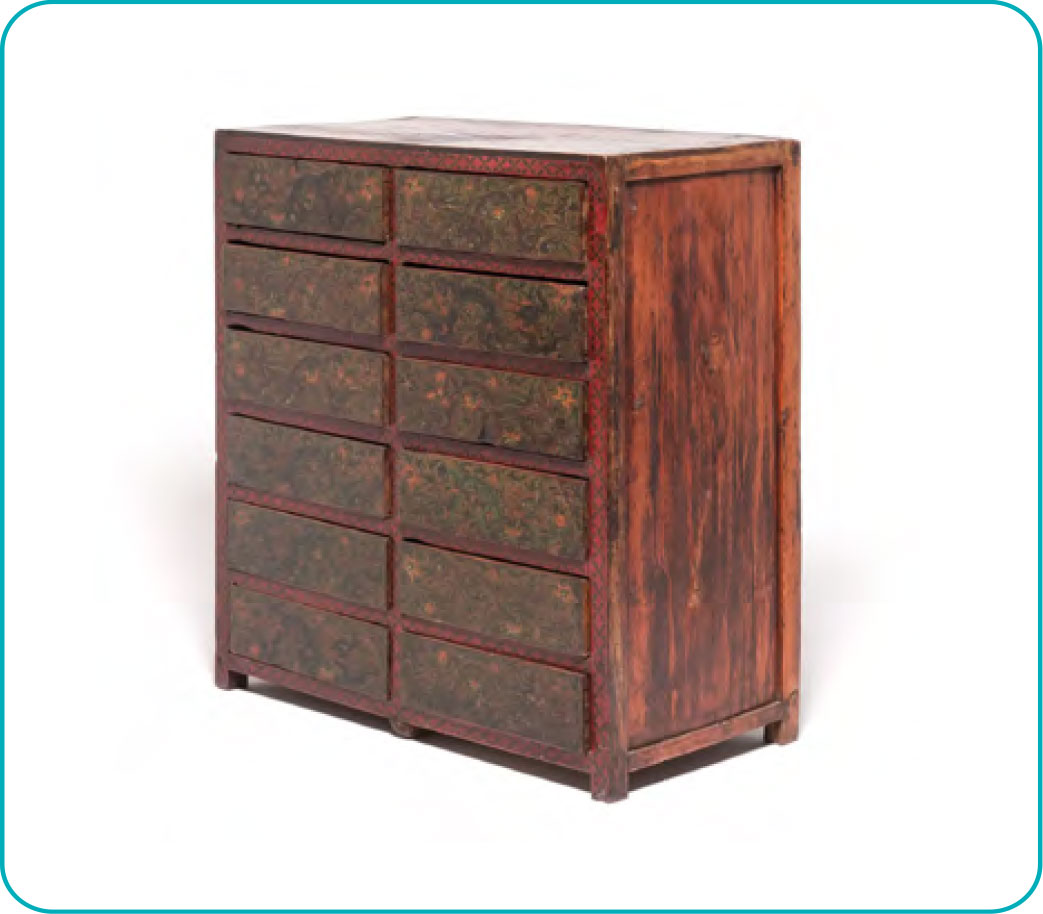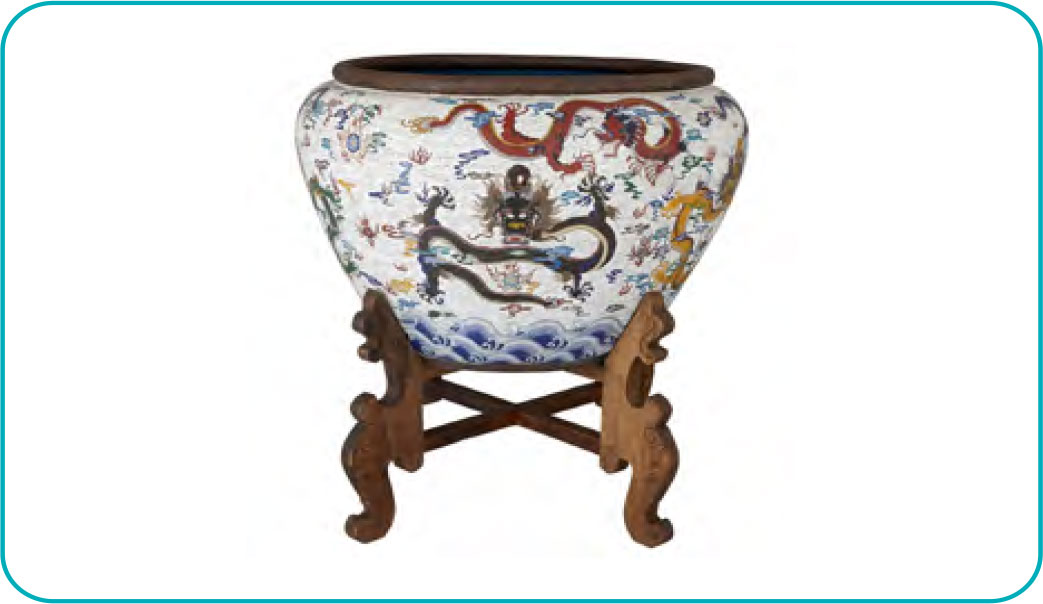The Crown AuctionThe Crown AuctionWe are in the era of prestige television.
Historically, T.V. programmes have been looked upon as the lesser relation to cinematic releases – movies traditionally viewed as pinnacle of film making. Today, television shows are often highly respected productions. As series run over weeks or even years, they can capture the public imagination with scores of fans and followers alike. These shows are essential to the success of streaming
platforms – with large budgets and famous casts the quality of productions has improved enormously.
As such the field of Entertainment Memorabilia collecting has expanded with those objects featured in major television series, being broader and highly sort. Production companies have apparently become more aware of the value of these assets. Once filming ceases and series end, auctions of costumes and props are becoming more of a common occurrence.
It is with this backdrop, and several months of planning that Bonhams, London announced they would be holding an auction of costumes, props and designs used during production of the Netflix series ‘The Crown’.
The Crown has done a tremendous job of creating fictionalised accounts of historic events – capturing World Affairs and global politics from the 1930s to early 2000s. The series managed to recreate the costumes and settings enjoyed by the Royal family.
The Bonhams The Crown Auction was arranged as two separate sales – a one day Live Auction including 161 lots and many of the most valuable pieces, held at their New Bond Street headquarters. The second being an Online Auction of the more affordable and decorative objects, closing the following day. Proceeds from the Live Auction are to be donated to the National Film and Television School for a scholarship programme.
The pre-sale viewing for the auction was very popular with over 30,000 people attending – it is not very often that one can be photographed standing in the doorway to Number 10 Downing Street (be it a prop or otherwise – which eventually sold for £10,800 plus BP) or next to so many recognisable costumes.
The skill of the prop makers and set designers for the series was clear throughout the sale. One of the most impressive lots of the live auction was lot 80 – a reproduction of the Golden State Coach.

This is a highly accurate facsimile of the famous original, which has been used at every Coronation ceremony since 1831. The coach is a magnificent achievement in prop making. The replica was
designed and manufactured by specialist team including film horsemasters The Devil’s Horsemen and prop design company Anarchy. To achieve an accurate copy the coach was constructed in part from fibreglass, clay and 3-D printed elements. This stunning lot was sold for £56,280 (inc. BP).
A similarly important prop relating to the Coronation was lot 20 – a reproduction of Saint Edward’s Chair, otherwise known as the Coronation Chair. The chair – central to British history and the Coronation ceremony was predominantly manufactured out of fibreglass and had featured in the 5th episode of series one of the show. This precise replica of the 14th century original, such an important symbol of Royal authority, sold for £25,660 (inc. BP).

Another feat of prop making was lot 158 – a replica model of the funeral procession of Her late Majesty Queen Elizabeth II. According to the catalogue the model had taken between six and eight weeks to produce, being over 12 meters wides, including over 500 Britains soldiers, two hundred 3-D printed models (all having been designed and produced by The Crown team and hand-painted with accurate costume) devised by a group of experts. The selling price here was £53,740 (inc. BP).
As with the props, costume was an important element of the sale with detailed reproductions of famous regalia, evening wear and everyday outfits being included. The highest price achieved for costume in the Live Auction was for lot 21 – a replica of Queen Elizabeth II’s ceremonial Coronation garments. The original was in part designed by Norman Hartnell – the multi element costume worn by Claire Foy sold for £19,200. Also from the Coronation ceremony was lot 22 – a replica of Princess Margaret’s Coronation gown and robe. This time the lot sold for £6,144 (inc. BP).

Lot 238 was a cornelian jewellery suite designed for Vanessa Kirby as Princess Margaret and featuring in season 2. The set was specially commissioned by costume designer Jane Petrie and made by jewellery designer Katy Hackney. The catalogue detailed the inspiration behind the suite, conceived to act as a direct contrast to Her Majesty’s pearls. The lot included ear clips, triple strand
choker, together with original design. This fashionable suite sold for £5,376 (inc. BP).
For the fashion savvy lot 125 – a Christian Dior ‘Lady Dior’ handbag. This example, in black lambskin had been worn by Elizabeth Debicki during Season 5. The bag is closely associated with the late Princess Diana and was named ‘Lady Dior’ after Lady Diana. It is believed she owned the bag in every colour and was regularly seen carrying it, after she first received one as a gift from the First Lady of France in 1995. This bag sold for £10,880 (inc. BP).

Arguably one of the most iconic costumes in the auction was lot 134 – a replica of the black silk and chiffon cocktail dress worn by Princess Diana in November 1994. Dubbed the ‘Revenge’ dress, it had featured in Season 5, Episode 5 ‘The Way Ahead’. Unsurprisingly, one of the most sought after outfits in the sale (the lot additionally included bag and shoes) it sold for £12,800 (inc. BP).

In direct contrast one of the more affordable lots of the sale was 314 – A blouse and dungarees worn by Emma Corrin portraying the young Lady Diana Spencer. This lot costume achieved £435.20 (inc. BP).
Costume designs themselves were also popular with a number being offered for sale. Lot 170 was a collection of three watercolour and pencil designs executed by Michele Clapton for the character
of the Queen. The illustrations, which included fabric swatches and detailed annotations gave an insight into the Emmy Award winning costume designers work. They sold for £5,376 (inc. BP).
Interestingly, many of the pieces featured in the sale were not modern replicas but fine antique furniture and decorative objects. To reproduce the interiors afforded to a Royal household, pieces
had been carefully selected by the set designers. Chimney pieces, toys, ceramics and glass were all available.
Within the The Crown Auction Online Auction lot 168 was a William IV rosewood breakfast table used as part of the Buckingham Palace set. This traditional antique sold for £8,320 (inc. BP).
Lot 200 was a typical lot one might expect to see in a sale of Fine Furniture – a George II chest on chest. This 18th century and later piece of crossbanded walnut had been used as part of the set
for the Queen’s bedroom. With strong bidding it eventually sold for £21,760.
Lot 322 was a French 19th century kingwood, parquetry and cross banded brass mounted liqueur set. The set which is visible in the Audience Room scenes included glasses and decanters. It fetched £5,632 (inc. BP).
The most expensive piece of furniture included in the two auctions was lot 237 – A parquetry and gilt metal mounted cylinder bureau in the Louis XVI style. The bureau, having only been estimated at £2,000 – 3,000 was used by all three of the actresses playing the Queen (Claire Foy, Olivia Colman and Imelda Staunton). The lot was offered with set dressing, including framed
photographs and desk accessories. The piece was important to the history of the show, having served as a prop during the London stage production of ‘The Audience’ in 2013 – the inspiration
for The Crown series. The eventual online selling price was £46,080 (inc. BP).

On a different note, was lot 58 – two Beswick porcelain models of corgis. A common sight in Antique Centres across the UK, they had been chosen by the Set Decorating Department due to their similarity to pieces found in Windsor Castle. Offered together with an Edwardian silver photo frame containing a picture of a corgi – against a pre-sale estimate of £200 – 300 the charming lot sold for £3,328 (inc. BP).
The highest price paid during The Crown Auction Live Auction was for lot 102 – a 1987 Jaguar XJ-SC car – the vehicle had been used as a double for the late Princess Diana’s Jaguar, driven from 1987 – 1991.
The original, now part of the collection of Jaguar Heritage Trust, was adapted from a two-seater to allow Princes William and Harry to be passengers. Elizabeth Debicki as the Princess can be
seen driving it in the show. The car eventually achieved £70,250 (inc. BP).

The Crown auction highlighted the research and detail required when staging a production such as The Crown. This was evident during the online auction, where seven lots from The Crown’s reference library were on offer. Lot 498 included 90 volumes on the Royal Family – the books were no doubt invaluable to the team involved. The footnote detailed how the production used five full time researchers and other full-time staff to achieve historical accuracy – this lot sold for £2,816 (inc. premium).
This white glove sale of over 470 lots eventually realised over £1.6 million.



















































